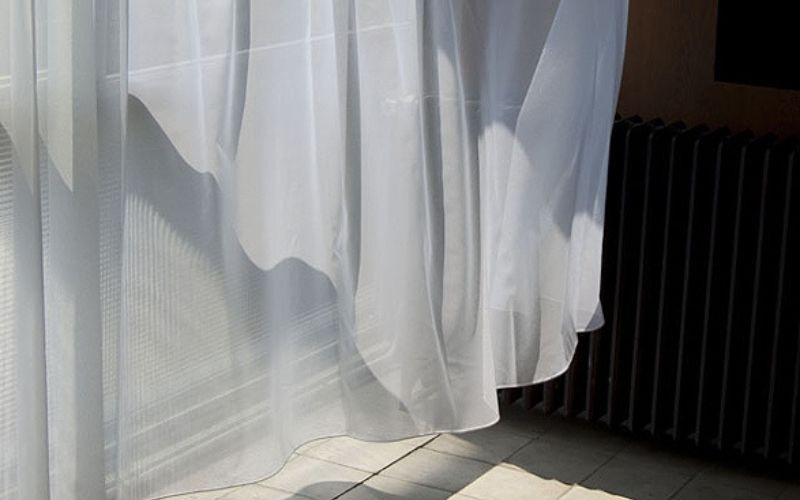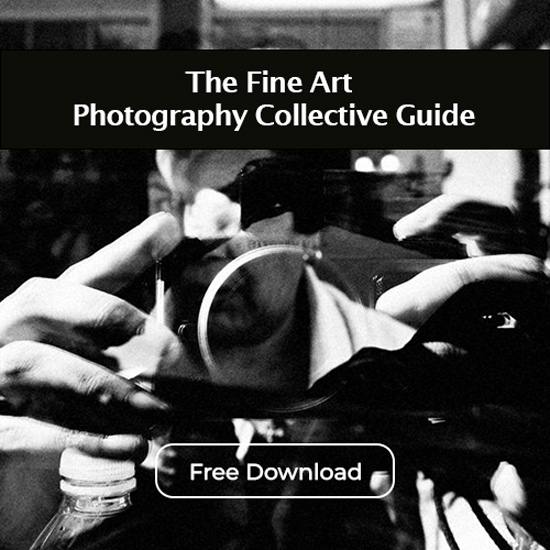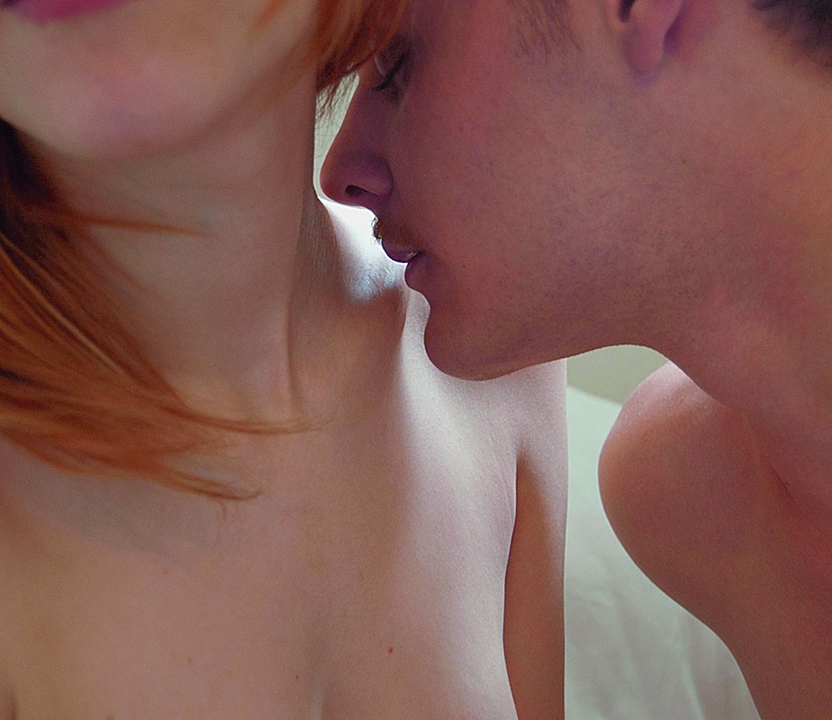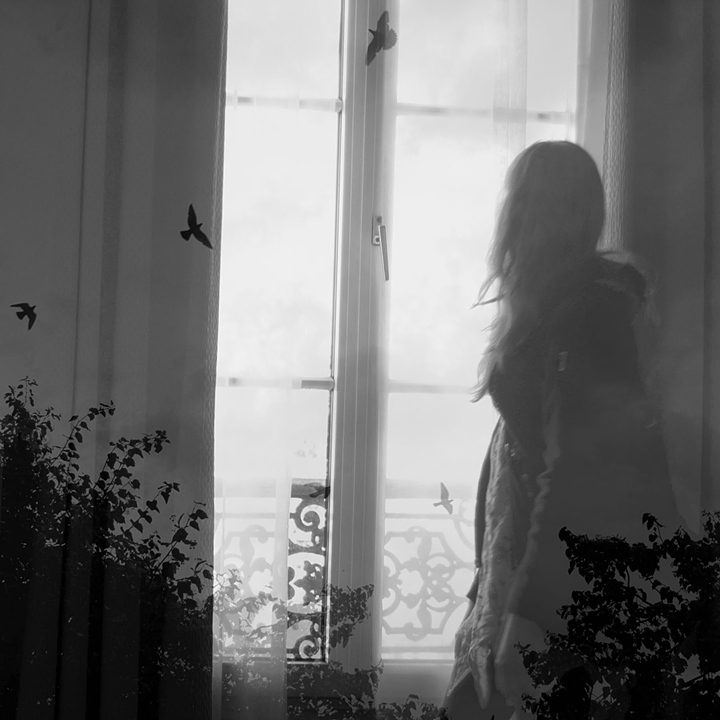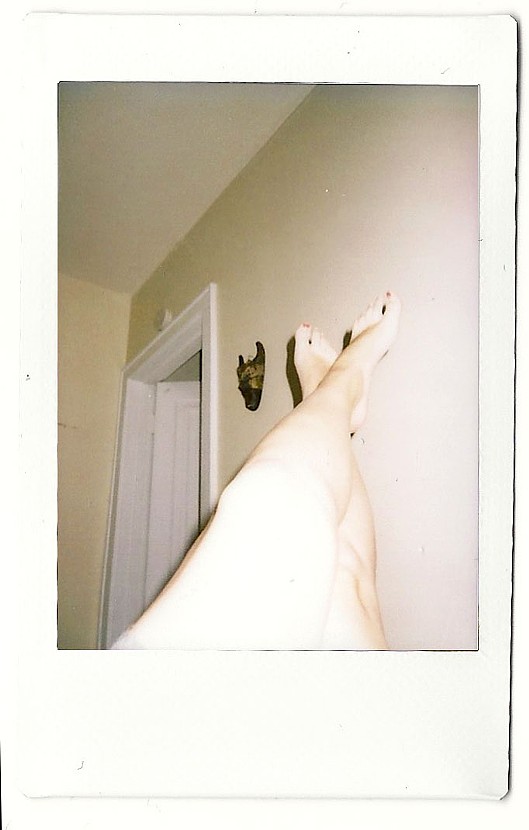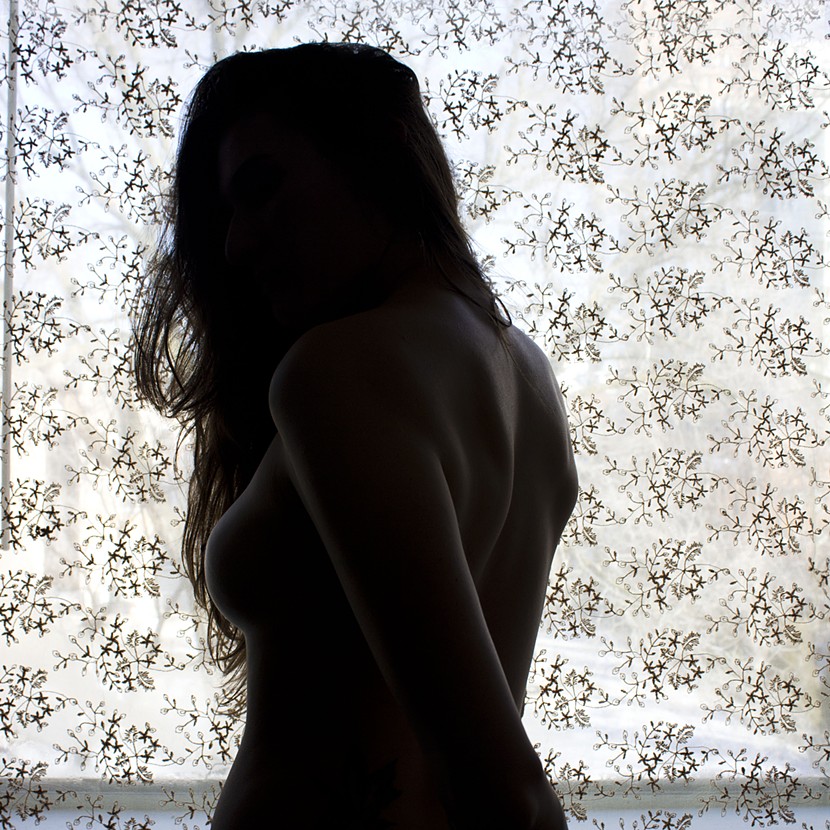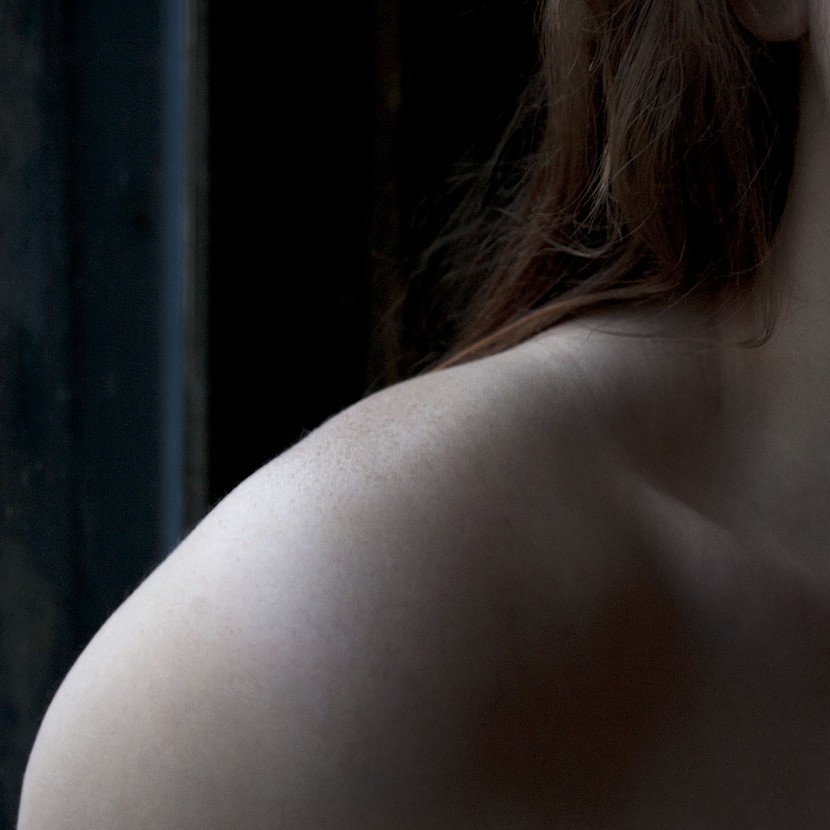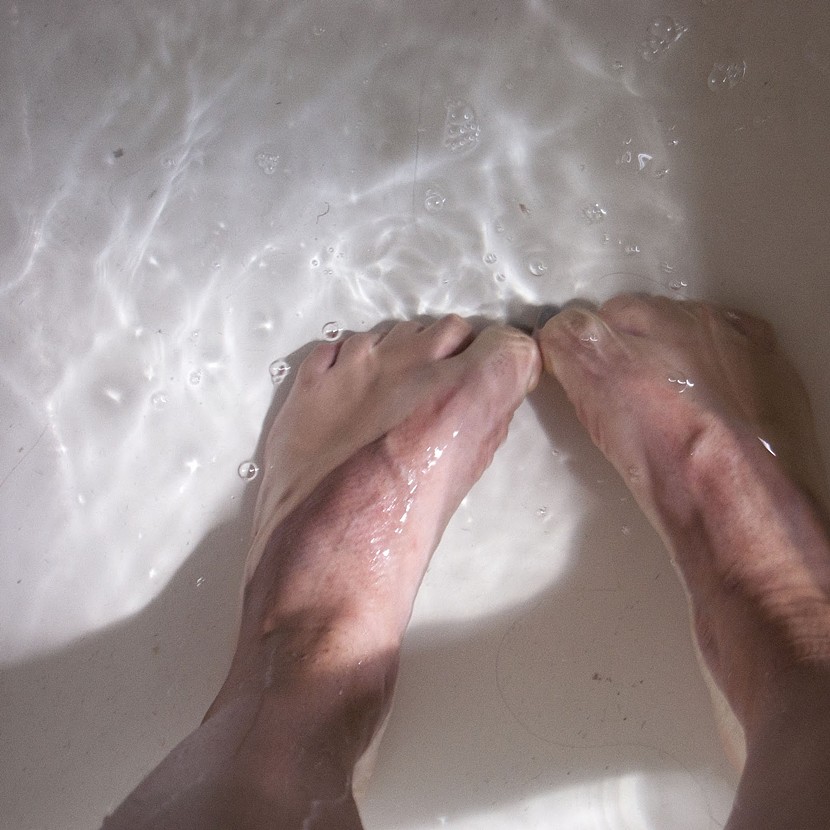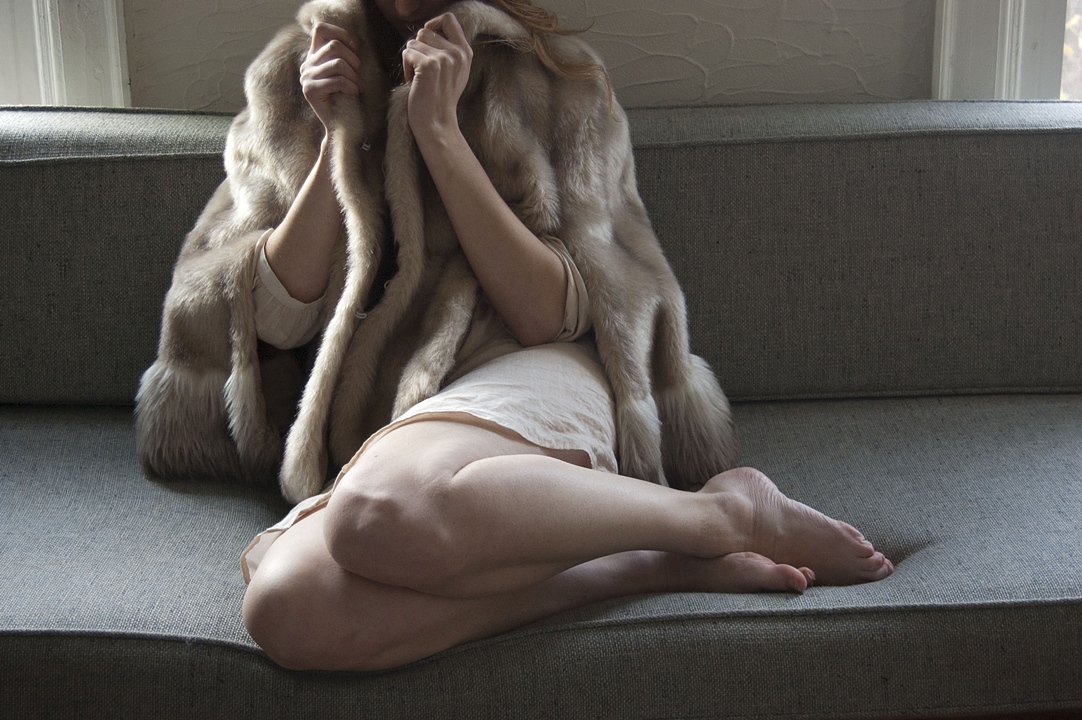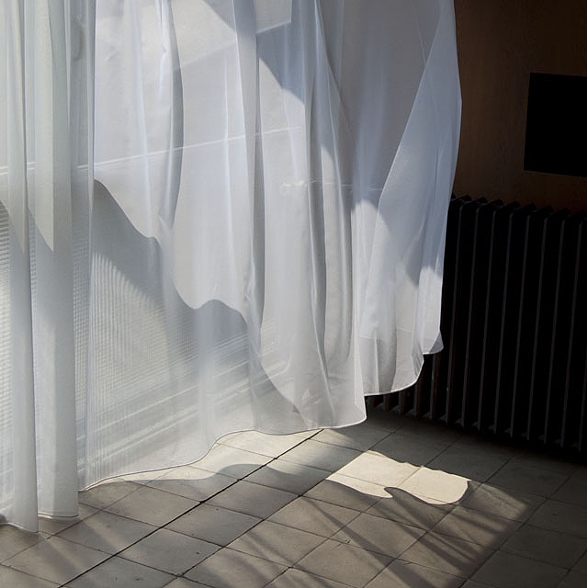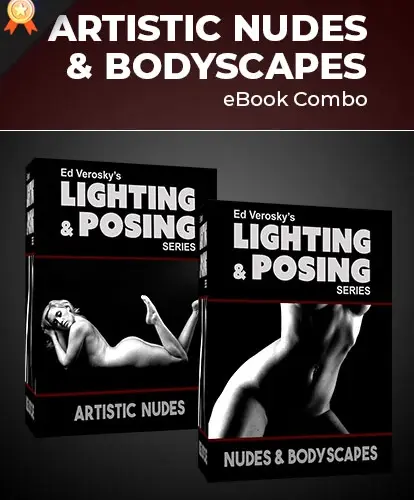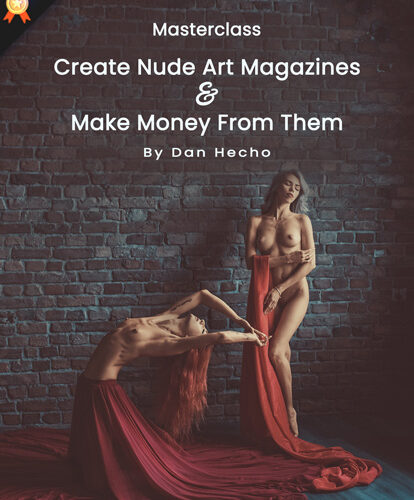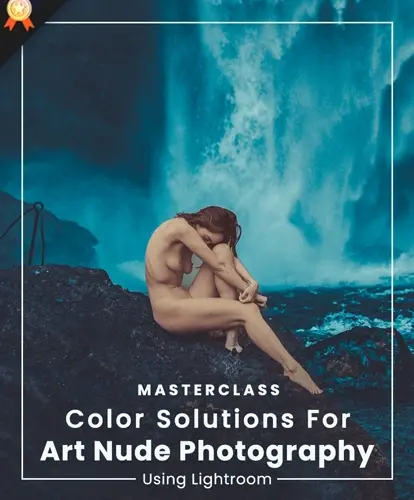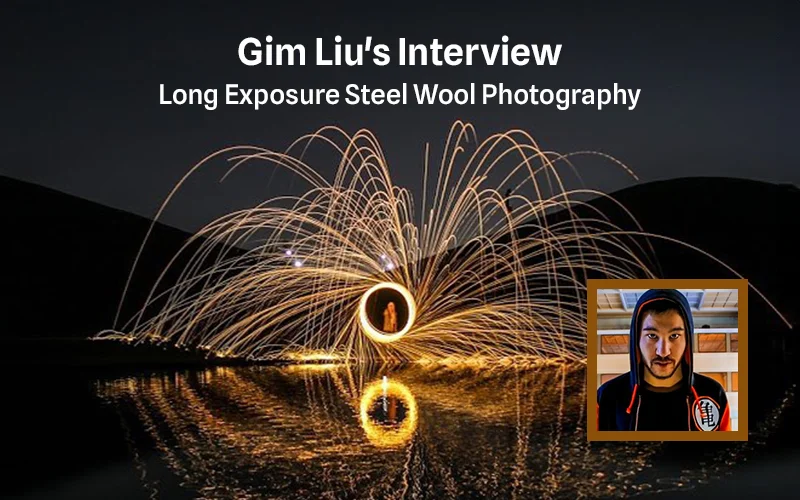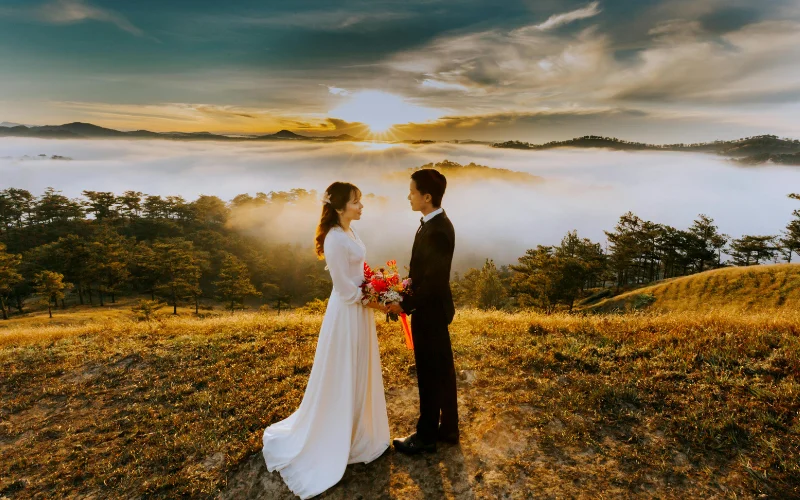Some photographers find their work through a passion for color, others find it through interacting with strangers, and others still through light. Fine art photographer Emily Porter is one of those. Emily Porter is obsessed with how light interacts with everything around us. Obsessed with how light changes, floats, and melts onto the spaces and small gestures only a camera can capture. Although Emily Porter’s work is inspired by the poetic word, the foundation of it rests on the simple beauty of light.
Porter grew up in Milwaukee, graduated from the Milwaukee Institute of Art & Design, and has had her work exhibited across many local galleries and stores, as well as having one of her photographs featured at the Workhouse Art Center in Washington, D.C.
In this interview, Emily Porter talks about how she fell in love with photography, her battle with social-networking sites like Instagram, and what she considers the best advice she was ever told about photography.
How did you get your start in photography? How would you describe your work?
I had my first experience with photography while attending high school, using images as a reference for my paintings. During critiques my teacher told me to look into photography and see what I could express with the medium. Previously, I never thought about making art with images, but I instantly fell in love with photography, became obsessed with light and the way it fell on everything around me (which most photographers do), and have not been able to stop since. I feel as though I am able to express myself through the camera in a way I have never been able to before. Being a photographer you become obsessed with light and how it interacts with your surroundings, and there my work is stemmed from the word and relationships; whether it be metaphorically or emotionally. I feel like most of my work derives from my own life experiences and those who are around me.
I read on your blog that you’re heavily influenced by literature. Could you explain how exactly literature inspires your work?
Reading has been a big part of my life, and I always empathize with the characters or envision what they are experiencing. Some of my series have been sparked by a novel I was reading and then imagining a character living and mingling in the world. It can sometimes be as small as a gesture described by the author.
Your “The Life of a 23-Year-Old” series is a project based on Polaroids taken to capture a moment in your life. Was this series a comment on social networking sites like Facebook and especially Instagram? How do you think these sites have affected the future of professional photography? Why did you choose the Polaroid format for this project?
I find myself constantly battling against the overproduced/ glazed filter cliché image that Instagram seems to bring to the photography world. Actually, I am still fighting with myself about getting a smartphone. I find that a tangible photograph has more depth than an Instagram photograph. While they are both quick, candid ways of documenting the world around you, one is dominating people’s everyday lives, and the other is being pushed out. With these Polaroids, I am creating a moment in my twenty-three-year-old life that cannot be recreated (but with Instagram and other social media they can be). These Polaroids represent small, physical glances into my life that are collected in my apartment in several tiny boxes. For the rest of the year, I will be photographing more of my life using Polaroids and creating a grid-like image to show the physical documentation of a year of my life. Instagram is a good way in this day and age to keep in contact with friends or spawn ideas, but it will never replace tangible photographs. I worry that future generations of photographers will forget the roots of our medium. I can definitely see this drastically affecting professional photography in the near future. It is already occurring. Yet I can see Instagram and the art of photography coexisting, but as you can tell I am still at odds with the concept.
Your series “The Silhouette of a Damsel” is an interesting take on portraiture (top). Could you explain your ideas behind this project?
This project as well as “The Life of a 23 Year Old” are still in progress. I plan on exploring multiple individual figures and also looking into intimate couple silhouettes. Silhouettes as portraits speak to the form of the subject being photographed and leave behind the aspect of clothing bias and the gaze. Removing these leaves the viewer with a dark figure that has to speak for itself with the free contours of the human form. This project is striving for a “naked” view of one’s self as well as couples, regardless of gender.
It seems like some of your projects, “Disorder” for instance, are meant to be viewed as complete narratives. The images work together to create a story. Was this your aim?
In “Disorder,” the images are meant to represent a cohesive feeling, which then creates a story. When creating work I am usually in a certain mindset or mood, which I think is automatically shown in what I photograph. This is what inevitably creates a story through images.
Many of your images avoid photographing your model’s face (top). Why do you think you prefer this composition?
I find that I am more drawn to what story is being told with the body than what is being said by the face.
What do you see yourself doing in the next five years? Any grand plans?
I have way too many plans for the next five years. Grad school, Americorps, traveling, making as much work as possible, every and anything that I have time to do. Most of all I would like to meet as many people as possible and photograph them. It is all about collecting stories because everyone has one.
What was the best advice you ever got about succeeding in the world of photography?
An incredibly inspirational professor of mine told me, “An artist never stops creating even if the work is ‘shit’. You have to make bad art to make amazing art, that’s all a part of the process.” I plan on listening to this because if every artist got frustrated and quit because of making some bad work, there wouldn’t be many of us left.
